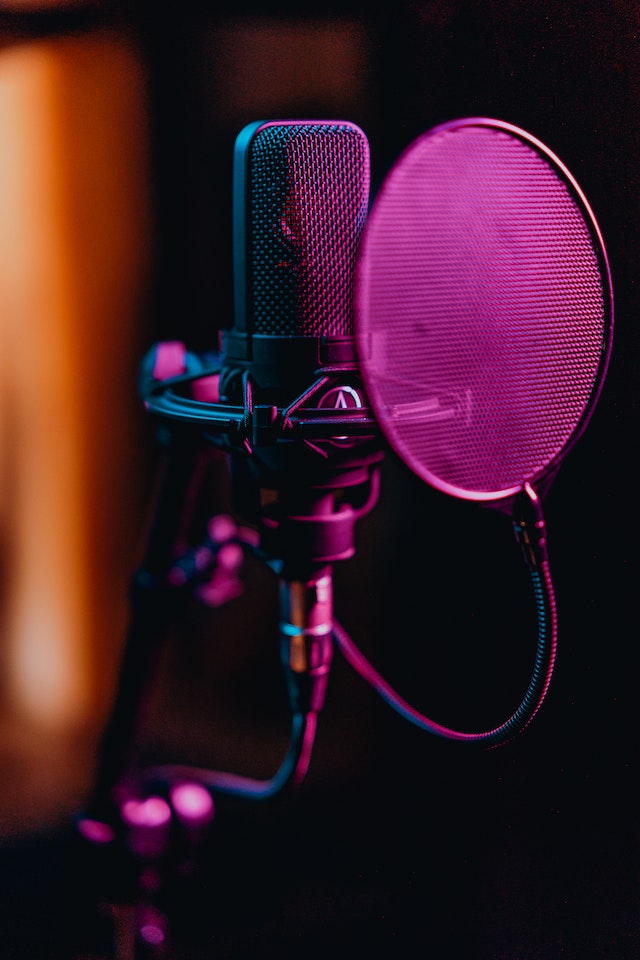
How do you make your own DIY vocal booth?
Creating a DIY vocal booth can greatly improve the sound quality of your voice recordings by reducing unwanted noise and reflections. Here's a step-by-step guide to making your own DIY vocal booth:
Materials You'll Need:
- PVC pipes or wooden frame
- Acoustic blankets or foam panels
- Moving blankets or heavy fabric
- Clamps or zip ties
- Soundproofing sealant or adhesive
- Microphone stand (for hanging blankets)
- Staple gun (for fabric panels)
- Foam or carpet tiles (optional, for flooring)
Steps:
- Choose a Location:
- Find a quiet and relatively small space for your vocal booth. It could be a spare room, closet, or even a corner of a larger room.
- Build the Frame (if using PVC pipes):
- Measure and cut PVC pipes to create the frame of the booth. You'll need vertical pipes for the corners and horizontal pipes for the top and bottom.
- Assemble the frame by connecting the pipes using PVC connectors. Make sure it's stable and secure.
- Hang Acoustic Blankets or Foam Panels:
- Attach acoustic blankets or foam panels to the inside of the frame using clamps, zip ties, or adhesive. Cover the walls, ceiling, and back of the booth.
- Make sure the blankets or panels are properly stretched and don't sag.
- Cover the Floor:
- If desired, lay down foam or carpet tiles on the floor to further reduce sound reflections and absorb vibrations.
- Install a Ceiling Panel:
- Hang a larger acoustic blanket or foam panel from the ceiling to create a lid for the booth. This will help trap sound and reduce external noise.
- Cover the Outside:
- Cover the outside of the booth with moving blankets or heavy fabric to add an extra layer of soundproofing. Attach the fabric using clamps, zip ties, or adhesive.
- Seal Any Gaps:
- Use soundproofing sealant or adhesive to seal any gaps between blankets or panels. This will prevent sound leakage and improve isolation.
- Set Up Microphone and Equipment:
- Place your microphone stand inside the booth and adjust it to the appropriate height and angle.
- Set up your recording equipment, headphones, and any other accessories you need.
- Test and Adjust:
- Record a sample in your vocal booth and listen for improvements in sound quality.
- Make adjustments as needed, such as repositioning blankets, adding more panels, or addressing any areas with sound leakage.
- Record with Improved Sound Quality:
- Your DIY vocal booth is now ready for recording! Enjoy clearer and more professional-sounding voice recordings.
Remember that DIY vocal booths may not offer the same level of sound isolation as professional recording studios. However, they can still provide significant improvements in sound quality for home recordings. Experiment with different materials and configurations to find the setup that works best for your specific needs.



